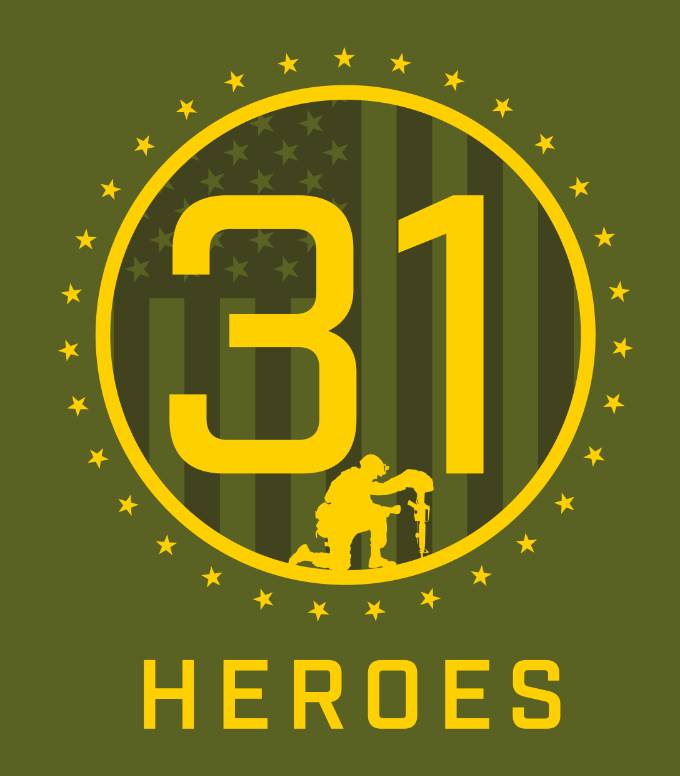Off-Ball Defense
Off-ball defense or covering a man who does not have the ball, is one of the least understood aspects in youth lacrosse. Youth defensemen either stay right on their man and pay no attention to team defense or they stare at the ball and pay no attention to the man that they are covering. They need to learn that playing off-ball defense is a combination of both.
They have to learn the rule that is taught to youth basketball players: keep your big eye on your man and your little eye on the ball. This means that most of the time, the defenseman should know exactly where their man is, but they should keep their head on a swivel and listen to their goalie to know where the ball is.
At the youth level, defenses should always play “soft” man-to-man, which means they are packed in. If the defense is playing “hard”, then the adjacent defensemen would be pressuring their men off-ball. When playing soft, the defenseman sloughs towards the crease when their man does not have the ball. When they are covering a man who is adjacent to the ball carrier, they should be about five yards off their man and ready to pick him up. For example, if the ball carrier is top right, and Defenseman A is covering the man who is top left, then Defenseman A is adjacent to the ball. This means he wants to be five yards off his man and ready to pick him up if he gets the ball passed to him. If a defenseman is not adjacent to the ball then he wants to be sloughed in towards the crease. The farther off the player is from the ball, the farther the defender can be from his man.
For practice, coaches should make an extra crease right on top of the crease that surrounds the goal. If a defenseman is not on-ball or is not adjacent to the ball then he should be able to touch this crease with his stick or be in it. If a defenseman is off-ball and is in this imaginary crease then he should also be looking at his man or “looking away”. Looking away from the ball is very important for off-ball defenseman. If they stare at the ball, they are likely to lose track of the man they are covering and be prone to getting beat back-door unknowingly.
Playing soft and sloughed is a safe defense to run because it puts pressure on the offense to make good plays and lulls them into making mistakes. As a coach, you can teach your defense where to be on the field by having them scream their position. If they are on-ball, they call out “BALL!” and they should be right on their man with the ball. If they are adjacent to ball they call out either, “HELP LEFT!” or “HELP RIGHT!” and they should be five yards away from their man, ready to play him if he gets the ball. If they are covering the man on the crease, have them call out “CREASE!” and they are right on their man on the crease, not letting him get a feed. If they are in any other position on the field, they should call out “AWAY!” and be sloughed in towards the imaginary crease that lies on top of the real crease. The “away” defensemen should be looking away from ball and keeping an eye on their man. This is something that coaches have to walk through first and then slowly make them understand in faster-paced game situations. Teaching intermediate defenseman these concepts puts them way ahead of the game when it comes to understanding team defense.
